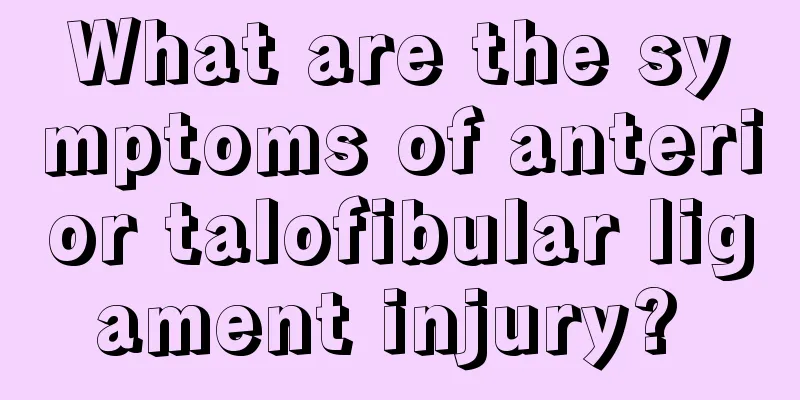Sequelae of depressed skull fracture

|
The brain is the most important organ in our human body, and the main function of the brain bones is to protect our brain tissue and prevent it from being damaged. Sometimes, due to the strong external force, a serious condition such as skull fracture may occur. If a depressed skull fracture occurs, it may compress our brain nerves, affect our neurological function, and even cause permanent damage. After a skull fracture, some sequelae may occur depending on the scope and degree of injury: First, some elderly patients may develop chronic subdural hematoma after a skull fracture. The disease progresses slowly, so it is easy for the patient or family members to observe. Later, there will be a decrease in consciousness, limb paralysis, or some mental symptoms. The second is nerve damage, mainly damage to the optic nerve, auditory nerve, and oculomotor nerve. These injuries will lead to hearing and vision problems. The third is vascular damage. Severe nosebleeds can lead to the patient's death. Some patients may develop aneurysms, which may rupture at a certain time, leading to the patient's death, or the patient's mortality rate will be very high. Skull fractures can cause cerebral infarction, and severe cases may cause paralysis and coma. Skull fractures can also cause cerebrovascular rhinorrhea, which can cause intracranial infection. These can cause us great trouble. Depressed fracture of the skull refers to a type of fracture characterized by a local depression of the bone plate (mostly more than 0.5 cm). It can occur alone or in combination with linear fractures. It can usually be formed when the impact area of the wounding object is limited, the force is large and the speed is slow. It is most common when a blunt object hits you, but can also be seen when a sharp object cuts you. Depressed fractures are generally more localized and can better reflect the size and shape of the impact surface of the injury. More specific types of depressed fractures Ping-pong ball-like fractures are commonly seen in infants and young children because their skulls are mainly composed of organic components, which are elastic and not easily broken when injured. Only the local skull where the force is applied is compressed and deformed like a ping-pong ball, but no fracture line appears. The injured generally have no obvious symptoms of brain damage and can usually recover on their own. A scaphoid fracture refers to a fracture that is concave like a small boat. It is usually seen when a stick is hit vertically with force. It can also be seen when a sharp object is used to cut vertically. There are some differences between the two types of scaphoid fractures. The deepest part of the depression of the scaphoid fracture is the main fracture line. The fracture fragments on both sides are obliquely depressed, and there are accompanying fracture lines on the edges of the depressed fracture. For injuries caused by sharp objects, the periosteum at the main fracture line is neatly split, and shallow or deep cuts may be left on the outer plate of the skull (local defects in the outer plate); while those caused by blunt objects (such as sticks) do not have these characteristics, but the main fracture line in the middle is not straight, and even branched extended fracture lines can be seen. A step fracture refers to a depressed fracture fragment that sinks in layers in a step-like manner. It is more common when the hammer or axe back strikes at an angle. The edge of a depressed fracture sometimes shows a bone compression edge formed by local collapse of the outer plate, which is considered to be a characteristic of blunt metal impact. Ring fractures occur when the round hammer or axe back strikes the skull vertically. When the action surface causes the skull it contacts to sink downward, due to the conduction of force, a circular fracture line or a radial fracture line may appear at the same time. Funnel-shaped fracture is a depressed fracture shaped like a funnel, with the central part being pointed and depressed inward. Occurs when a blunt object strikes vertically with its corner. |
<<: What are the sequelae of iliac fracture
>>: Does kidney yin deficiency affect pregnancy?
Recommend
Experts talk about the diagnosis method of esophageal cancer
Patients diagnosed with esophageal cancer need to...
What are the instructions for using the oxygen bag
Usually, if you have cardiovascular disease, you ...
What are the surgical methods for gastric cancer? Minimally invasive therapy, let's learn more
There are three main surgical methods for gastric...
What are the effects of honey on the face
Honey can be said to be a great beauty product fo...
What are the symptoms of diabetic pancreatic cancer
What are the symptoms of diabetic pancreatic canc...
Can honey be consumed on an empty stomach?
Honey is mainly made from nectar collected by bee...
Red wine suitable for girls
As we all know, there are many varieties of red w...
Causes of menstrual irregularities
Menstrual irregularities are related to women'...
What are honey and its magical uses
Some people may eat honey frequently. In addition...
What are the symptoms of myocardial neurosis
Myocardial neurosis, just from the name it sounds...
Can apricots and ice cream be eaten together
Have you ever tried eating apricots and then havi...
What medicine should I take for liver pain in the late stage of liver cancer? How to treat late stage liver cancer disease
Pay more attention to the degree of liver pain in...
What to do if your front teeth have cavities
In daily life, it is a painful thing for people t...
Treatment of left basal ganglia hemorrhage
I believe that the disease of left basal ganglia ...
What is the process of blood circulation in the heart?
The heart is an important organ in the body, and ...









